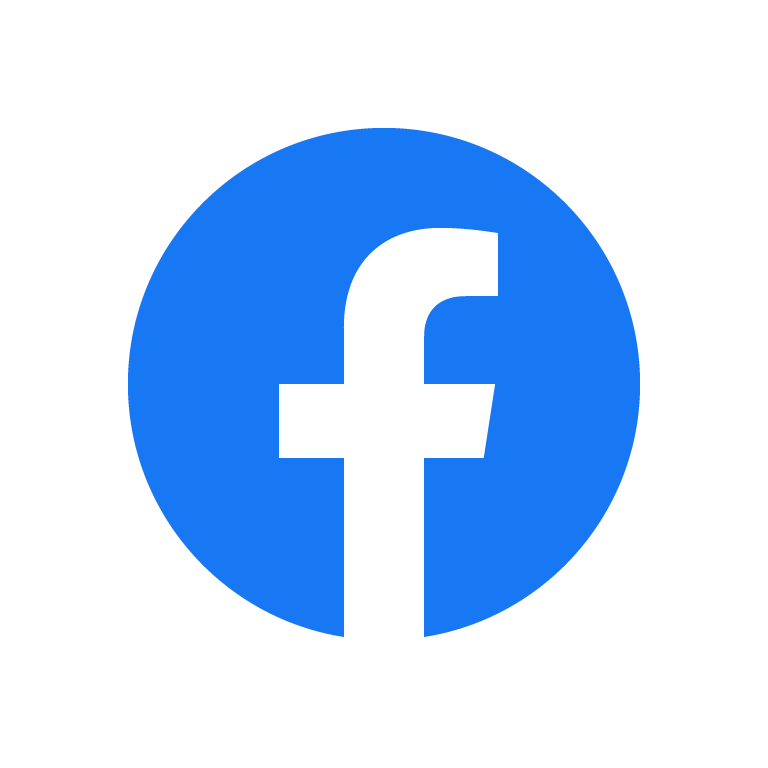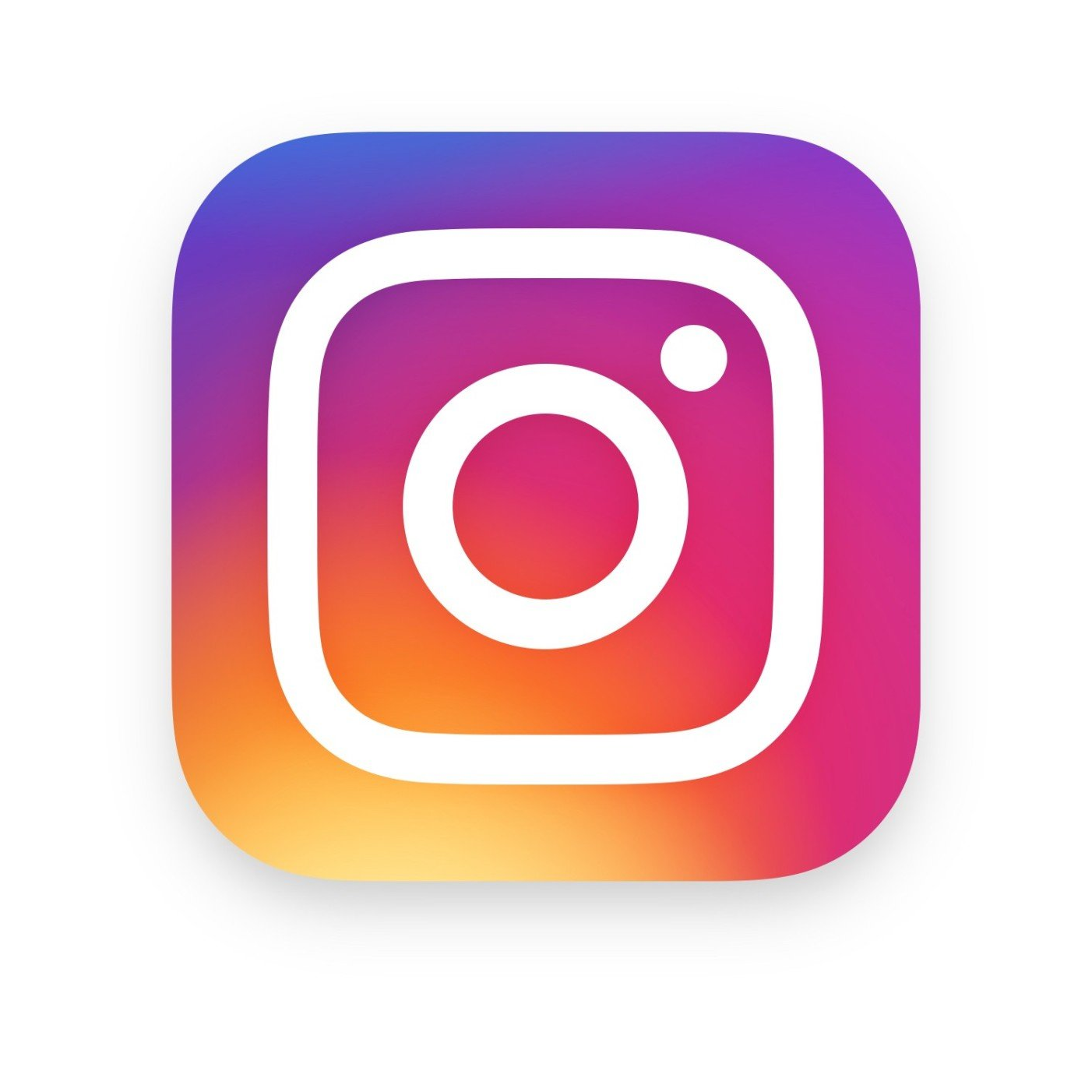The 5 W’s of social media
In this fast-paced world of likes, shares, retweets and stories you only have seconds to make an impression , which is why it's important to make sure your business is getting the most out of your social media presence.
With 45% of the world on social media, that’s almost 3.5 billion people at the start of 2019
(Hootsuite) , your business has millions of chances every day to stand out from the crowd. With all this opportunity it could seem impossible for our social media campaigns to fail however with such a plethora of information, competition and an ever changing movement of platforms struggling social media is a lot more common than you’d think.
So why is it so hard?
The average click-through rate (CTR) for Facebook ads across all industries is a mere 0.90% ( Wordstream ). Think about how many adverts you bypass each day and this low percentage doesn’t seem so crazy. If you’re in the legal sector(1.61%), retail (1.59%) or the clothing industry (1.24%) then you’re in luck as these have a much higher click-though rate than sectors such as Employment & Training (0.47%) or Finance & Insurance (0.56%).
More than 100 million photos and videos are uploaded to Instagram every single day ( Sprout Social )
The average Linkedin user only spends 17 minutes on the site per month. That’s only 30 seconds each day if they check daily. Compare that to the 23 hours on Facebook or 2.8 hours on Twitter for the average user and you’ll see that Linkedin users are a lot more choosy about how much time they are on the app. ( 99firms )
So how can your business really make the most of its social media presence?
Get clear
-
Understand what you’re doing, why you’re doing it and know exactly what you want in return.
Know your audience – if your product or service is marketed to over 60s then you’re pretty much wasting your time on apps like Instagram who’s average user is under the age of 35 ( Statista ) Work out who your audience is, where they are and how they like to engage with social media.
Pick a lane – if you’re just getting started or you are a small business that doesn’t have a whole load of time to dedicate to social media then select just one or two channels to work with. Spreading yourself too thin means that you’ll most likely end up with watered down content, inconsistent posting patterns and disinterested followers.
Here's the low-down . . .
WHERE : Facebook
WHO : With over two billion active users Facebook is miles ahead of the other platforms in terms of user count ( Sprout Social ) however the number of teens using this form of social media is slowly declining with only 51% using Facebook in 2018 ( Pew Research Center ), instead favouring apps such as Snapchat and Instagram.
WHAT : Offers, groups and pages are the most popular. Video ads that are captioned and don’t autoplay sound perform best. 85% of videos are played muted because 80% of users report that videos that autoplay sound are annoying. ( AdEspresso )
WHEN : The best time to post is Wednesday at 11am and 1pm and avoid posting on Sundays. ( Sprout Social )
WHY : Everyone seems to be on Facebook, even your Grandparents! So if your company appeals to a wide range of ages this is where you’re most likely to connect with them. The ability for customers to recommend your business also gives others the opportunity to get an idea of what they can expect from you and your product.
WHERE : Instagram
WHO : Under 30’s make up the bulk of Instagram however there is an upwards trend in over 30’s joining the platform. ( Sproutsocial )
WHAT : Eye-catching images, micro-length and long-form video. ( SproutSocial )
WHEN : Post on Wednesdays at 11am and Friday at 10-11am. Sundays trail behind again here. ( SproutSocial )
WHY : Instagram has a notable focus on retail with companies able to tag products and link to sites. There is also a need for businesses to have more of a personality than in recent years, it grows a level of trust with the consumer so using the grid to display your business in a fun and friendly, or visually captivating way can really benefit your brands visual identity.
WHERE : Twitter
WHO : 37% of Twitter users are between the ages of 18 and 29, 25% users are 30-49 years old. ( Omnicore )
WHAT : Short text, visual posts (GIFs work very well) with relevant powerful hashtags. ( Twitter )
WHEN : The best times to post on Twitter are Wednesday at 9am and Friday at 9am with Saturday being the worst day for engagement. ( SproutSocial )
WHY : Twitter is used by consumers to contact companies easily. Either to complain about a product or to praise it. By creating a successful engagement with your audience it can greatly improve your social media presence. Just take a look at companies like Netflix who clap back better than most!
WHERE : Linkedin
WHO : Linkedin is mainly used by adults who are a corporate-minded mix of thought leaders, job seekers and company pages ( SproutSocial ) with 41% of millionaires on Linkedin you may even get your business in front of some high ranking leaders in your industry!
WHAT : Post longer content such as blog posts, articles that focus on your business and related subjects.
WHEN : The best times to post on Linkedin are Wednedays between 9-10am and 12pm with Sundays again coming out as the worst day for your posts.
WHY : Linkedin ranks as one of the most trusted social media platforms over Facebook, Twitter, Snapchat, Instagram and YouTube ( OutboundEngine ) so there is a real opportunity to secure your business as a expert opinion in your field.
More Posts.









